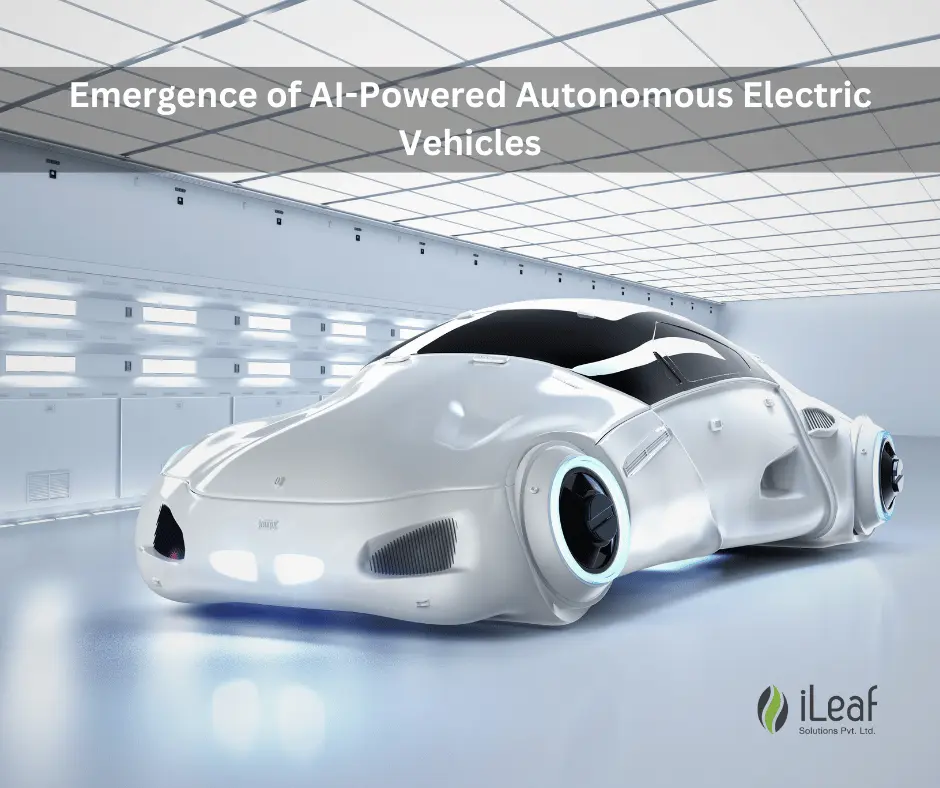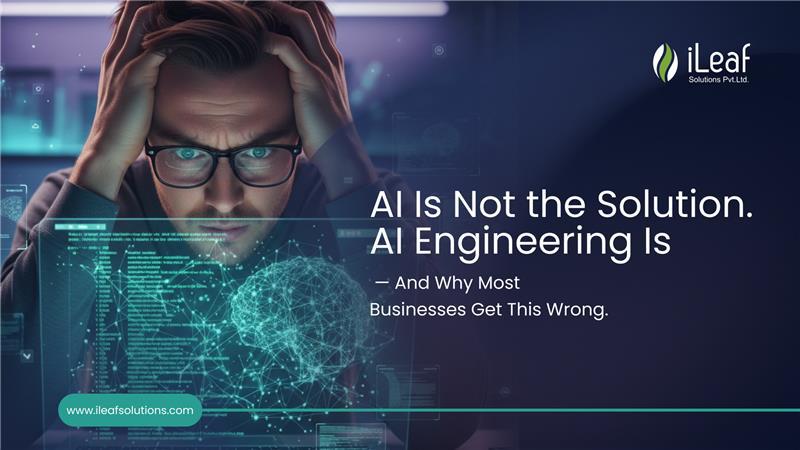The Rise of AI Self-Driving Electric Cars: Revolutionizing the Road with Artificial Intelligence

Table Of Contents
- Introduction
- Revolutionizing Autonomous Driving with AI
- AI Perception Systems for a Clearer Vision
- Seamless Vehicle-to-Grid Integration and Optimal Charging Solutions
- Overcoming Barriers to Mass Adoption
- The Future Outlook for AI in Self-Driving Electric Vehicles
- Conclusion
Introduction
Imagine a world where your commute involves seamlessly gliding through traffic, fueled by clean energy and guided by the precision of artificial intelligence. This isn't a futuristic fantasy, but the burgeoning reality of self-driving electric vehicles, poised to transform our streets and reshape the landscape of transportation. At the heart of this revolution lies the transformative power of AI, paving the way for a safer, cleaner, and more efficient future.
Revolutionizing Autonomous Driving with AI
The promise of self-driving cars has captivated imaginations for decades, but translating vision into reality requires sophisticated technology. This is where AI steps in, playing a pivotal role in enabling autonomous vehicles to navigate the complexities of the road.
Self-driving cars aren't just eyes on the road – they're AI brains processing a sensory feast. Radar, LiDAR, and cameras bombard these algorithms with data, crafting a live map of the world. Convolutional neural networks, like the brain's visual cortex, decipher this chaotic stream, recognizing pedestrians, traffic lights, and even subtle gestures. They predict movements, anticipate dangers, and constantly learn, making these cars more perceptive than human drivers.
AI Perception Systems for a Clearer Vision
Self-driving cars rely on a symphony of sensors – radars, LiDARs, cameras, and more – to gather 360-degree data about their surroundings. AI algorithms then process this information, creating a high-definition map of the environment in real-time. Just like the human brain interprets visual cues, AI algorithms recognize pedestrians, vehicles, traffic signals, and obstacles, allowing the car to react and adapt proactively.
Seamless Vehicle-to-Grid Integration and Optimal Charging Solutions
Imagine your electric car not just as a driverless ride, but an active player in the power grid. AI unlocks this future with Vehicle-to-Grid (V2G) technology. When plugged in, electric vehicles can become miniature energy banks, feeding excess power back into the grid during peak hours, thanks to smart AI algorithms. These algorithms predict energy demand, optimizing charging schedules and ensuring a stable, efficient grid. Think of it as a win-win: your car earns credits when it "donates" power, and the grid gets a boost when it needs it most.
But AI's magic doesn't stop there. On the road, AI algorithms analyze driving patterns and optimize energy usage, maximizing range and minimizing waste. They're like eco-conscious co-pilots, whispering suggestions for smoother acceleration, coasting strategies, and even route adjustments based on real-time traffic and charging station availability. So, not only do you navigate seamlessly, but you also do it with the lightest possible footprint on the environment.
In essence, AI transforms electric vehicles from energy consumers to active participants in a smarter, cleaner grid. They're no longer just silent partners on your commute; they're contributors to a more sustainable future, powered by the invisible hand of AI.
AI doesn't just guide self-driving cars; it can optimize their energy consumption too. Through vehicle-to-grid (V2G) technology, electric vehicles can communicate with the power grid, feeding excess energy back into the system during off-peak hours. AI algorithms can predict energy demand and optimize charging schedules, ensuring a stable and efficient grid network.
Overcoming Barriers to Mass Adoption
Despite the excitement, concerns remain around cost and range anxiety. AI plays a crucial role in addressing these challenges. By optimizing driving patterns and minimizing energy waste, AI can extend the range of electric vehicles, alleviating range anxiety. Additionally, advancements in AI manufacturing and material science are driving down production costs, making self-driving electric cars more accessible for the average consumer.
The Future Outlook for AI in Self-Driving Electric Vehicles
Buckle up, because the future of transportation is not just driverless, it's electrically charged and powered by AI. Imagine seamless commutes in customized cabins, adjusting temperature, music, and mood lighting to your preferences. Forget traffic jams – AI orchestrates the flow on smart city streets, prioritizing emergency vehicles and optimizing routes for maximum efficiency. Picture solar-powered charging lanes integrated into the roadways, replenishing your EV as you cruise along.
Beyond personalized experiences, AI-driven electric vehicles promise to reshape cities themselves. Delivery drones take flight, efficiently navigating urban air corridors. Public transportation integrates seamlessly with self-driving cars, creating a web of accessible, eco-friendly travel options.
But the benefits extend beyond convenience. AI-powered traffic management can significantly reduce accidents, saving lives and minimizing congestion. Electric propulsion paired with smart grids slashes emissions, combating climate change and paving the way for cleaner air. And the economic potential is vast, with new job opportunities in AI development, infrastructure upgrades, and innovative service sectors.
So, the future of AI in self-driving electric vehicles is not just about individual mobility; it's about reimagining how we live, work, and interact with our cities. It's about prioritizing sustainability, efficiency, and accessibility, all while making the journey itself an enjoyable and personalized experience. The road ahead may still be under construction, but with AI steering the way, the future of transportation looks bright, clean, and full of exciting possibilities.
Envision fleets of self-driving electric taxis providing on-demand, eco-friendly transportation. Picture urban landscapes sculpted for safety and efficiency, facilitated by AI-powered traffic management systems. This is not a distant utopia; it's the horizon towards which AI-powered self-driving electric cars are propelling us.
Conclusion
The rise of AI self-driving electric cars is not just a technological marvel; it's a catalyst for positive change. With its ability to enhance safety, reduce emissions, and optimize energy, AI promises to revolutionize the way we travel, paving the way for a cleaner, greener, and more efficient future. As the technology continues to evolve, its impact will extend far beyond individual cars, reshaping our cities, economies, and our relationship with the environment. Buckle up, because the future of transportation is electric, autonomous, and powered by the transformative force of AI.














